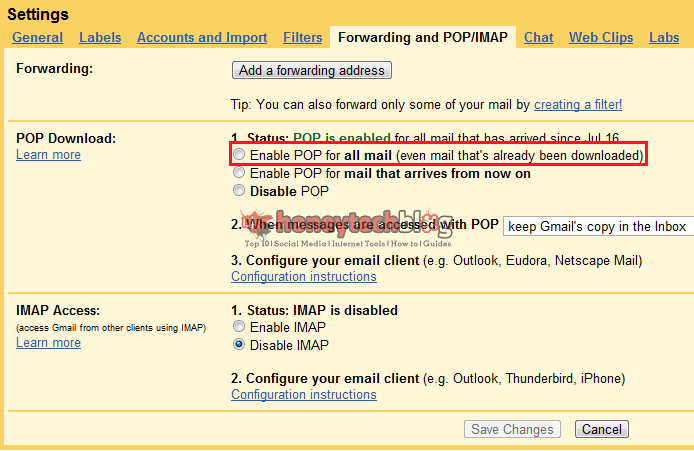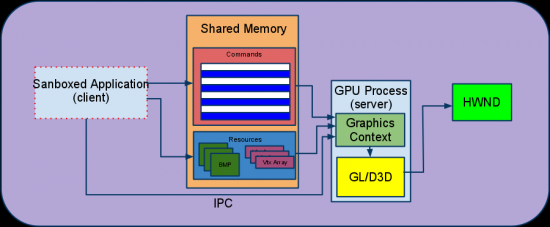Microsoft has been hyping this big feature for quite some time for IE 9, but looks like Google is again ahead of Microsoft. GPU acceleration might come to Google Chrome 7 before Internet Explored 9 appears. The latest Chromium builds could now send some of the description directly to the GPU, which result in better performance and less CPU strain. The best part here is that the GPU acceleration is not just limited to 3D content; some 2D operations could as well take advantage of the new feature.
Vangelis Kokkevis, Software Engineer at Google, wrote –
For some time now, there’s been a lot of work going on to overhaul Chromium’s graphics system,
New APIs and markup like WebGL and 3D CSS transforms are a major motivation for this work, but it also lets Chromium begin to take advantage of the GPU to speed up its entire drawing model, including many common 2D operations such as compositing and image scaling, he added.
At its core, this graphics work relies on a new process (yes, another one) called the GPU process. The GPU process accepts graphics commands from the renderer process and pushes them to OpenGL or Direct3D (via ANGLE),” he explained.
The original technology is now in place. If you run the recent Chromium build with the –enable-accelerated-compositing flag, then you would notice the GPU process running along with all of the regular ones. This is the process that would further handle all of the hardware acceleration, be it 2D or 3D, while yet keeping the web pages locked away in the sandbox. Chromium teams also desire to move even more of the rendering off the CPU and onto the GPU that should result in a vital performance boost.



Comments
9 responses to “Chrome 7 Includes GPU Acceleration for 2D and 3D Content”